- AnimationGame ArtCharacter Design3D Art
Whether you’re looking for stylized 2D or highly realistic 3D characters, our talented 2D & 3D character animators are here to captivate audiences of all ages. We handle every aspect of character animation services, from concept to final animation.
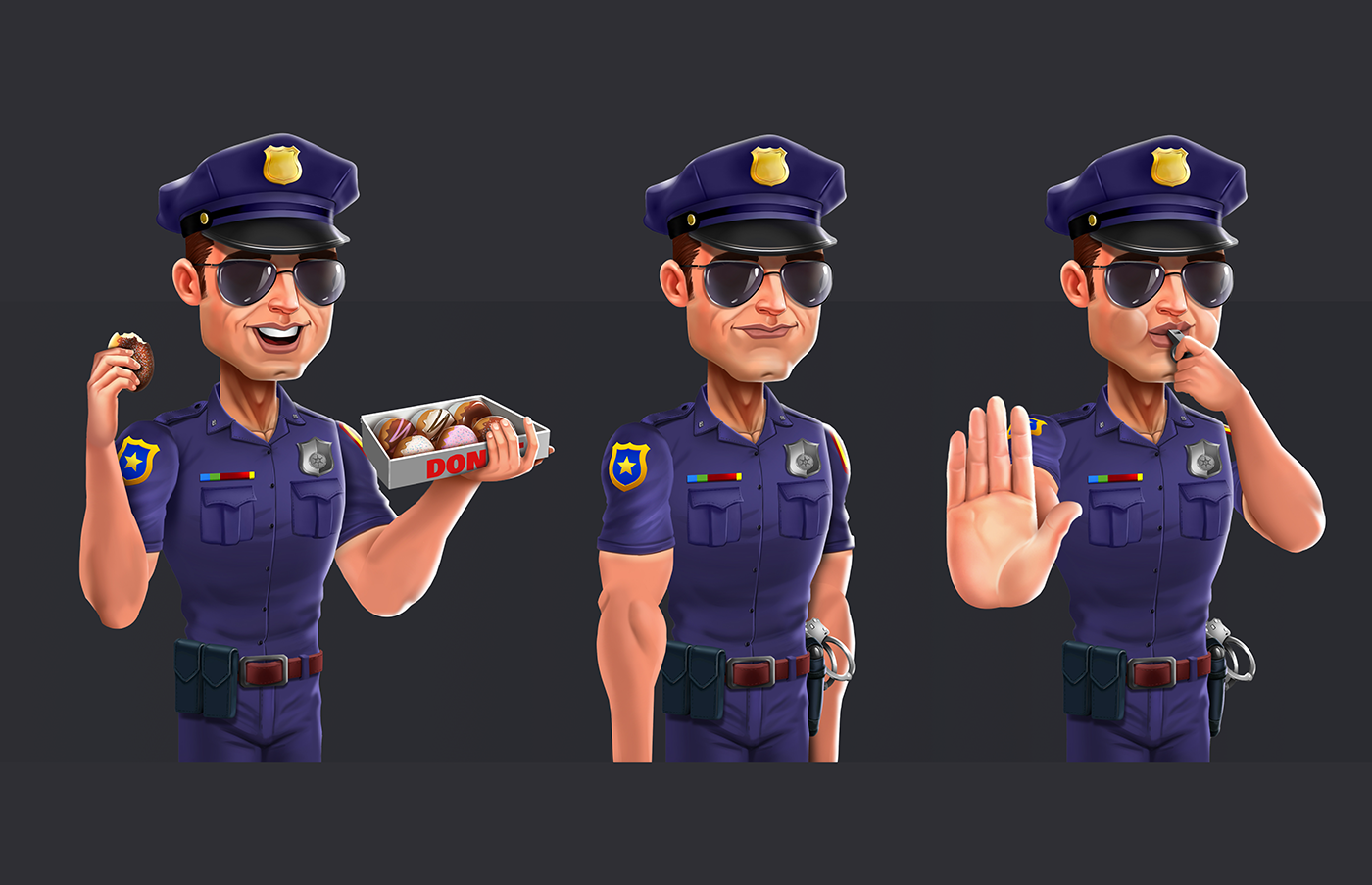
Our 2D animation studio breathes life into 2D characters across a wide range of animation styles, from pixel art to vector art, with every press of our digital pens. Our professional team infuses each animation through animation techniques like squash and stretch, anticipation, follow-through, and overlapping action. From subtle gestures to dynamic actions, you can count on our character animation studio. Mickey Mouse is one of the most iconic and well-animated characters of all time. Despite being a simple, rounded 2D design, Mickey feels very original, flexible, and alive.
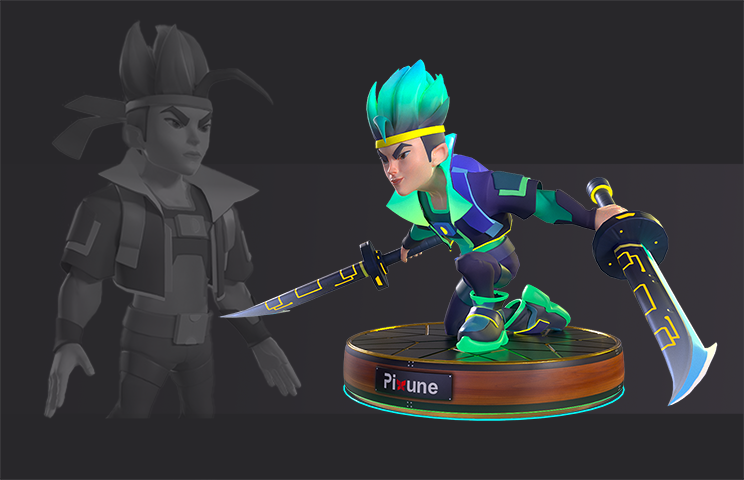
Our talented 3D animators bring virtual characters to life through believable motion and unique personalities. We gets the weight, timing, anticipation, arcs, and secondary motion just right to convey emotion and make movements feel realistic in our 3D animation services. With meticulous attention to movement, expression, posing, and silhouettes, we create stunning, production-ready animated characters.
A great example of exceptional 3D animation can be seen in Disney/Pixar’s Monsters Inc., Mike Wazowski. Despite having just one eye and a minimal green body, this character has a complete package of expressions. Animating a character with that kind of anatomy and proportions requires a high knowledge of 12 principles of animation.
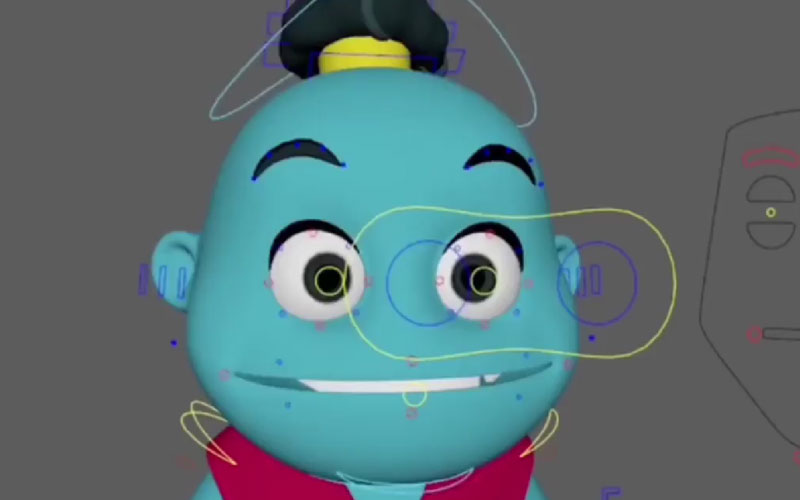
We rig characters for optimal deformations, setting up intuitive, customizable controls. Our character rigs support advanced features like blend shapes, constraints, deformation systems, and more. Our game animation studio also optimizes rigs for real-time game engines like Unity and Unreal. Our solid rigs allow the animator to fully express a character’s personality. The shot of playing the piano in Pixar’s Soul animation is one of the best examples of character rig. The advanced rigging solutions opened up limitless creative options for bringing the characters to the afterlife.
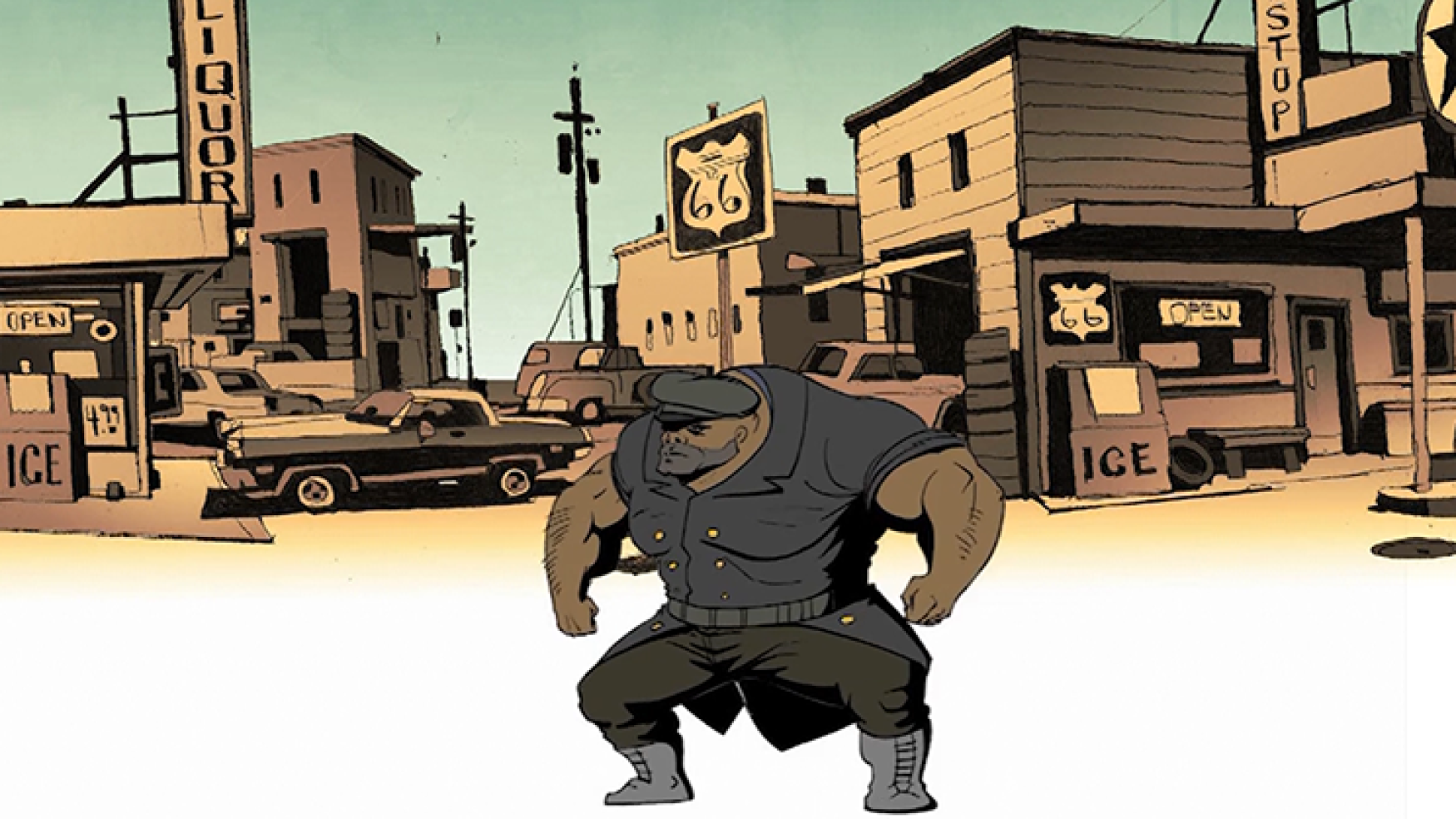
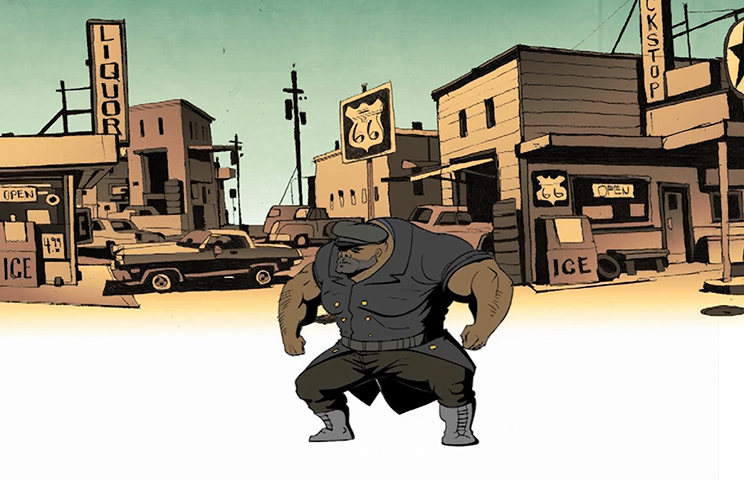
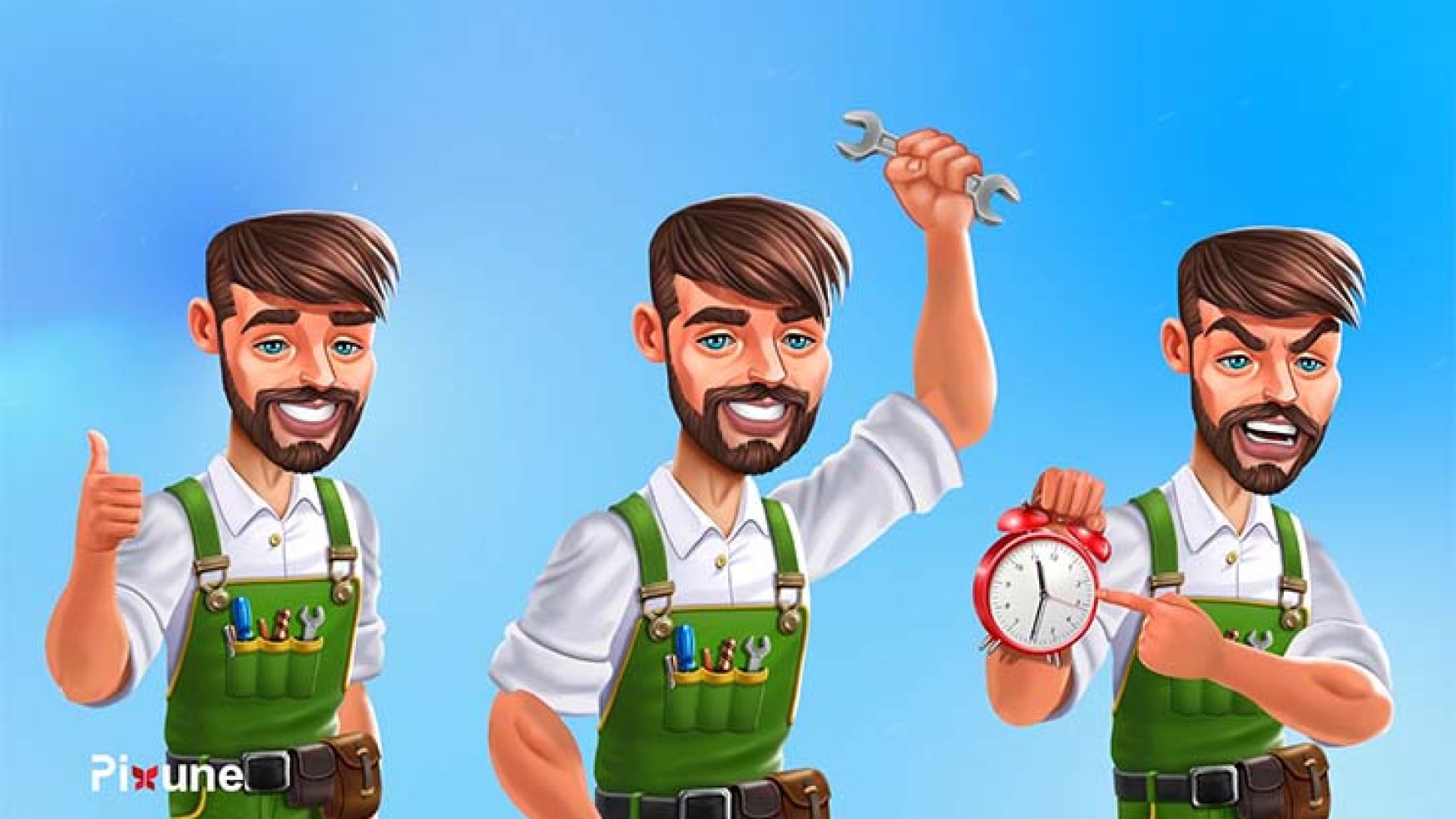


ABOVE OUR EXPECTATIONS
It has now been a few months that we have been working with Pixune Studios and the quality they deliver is truly impressive. From the start, they have been understanding our vision and providing 3D animations that were above our expectations. We are already engaging ourselves in a long term partnership.
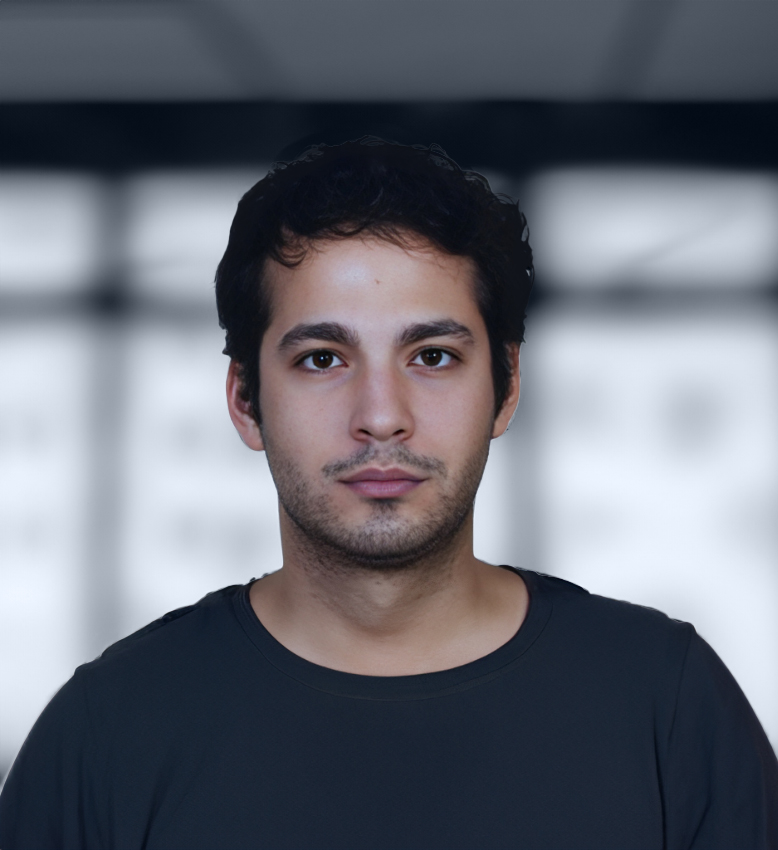
VERY CUSTOMER-ORIENTED
Design quality and animation work were very good for character briefs and every feedback was taken into consideration. As a result, high quality design was received within a defined time frame, and Pixune was very responsive in terms of delivering our needs. They have taken everything into consideration to reflect our needs and delivered a successful project In a defined timeframe. They are very customer-oriented and try to help your activities as much as possible. Instead of taking money and running, they are like teammates for us.

NO BUGS AND NICE GRAPHICS
I hired Pixune to develop a sample runner game in Unity. The process was very smooth due to their experience, and their suggestions were always helpful. It was a bit over budget, but the results were excellent. The sample game had no bugs and nice graphics. The project was finished 3 weeks before the deadline. I hired two freelancers on Upwork before Pixune for a similar project and not only they were months late over the deadline, but the results were also very bad. So, I have to say I'm quite pleased with hiring Pixune.

CONTINUE TO HIRE THEM FOR OTHER PROJECTS
There's an old saying that when it comes to hiring people you can look for "good," you can look for "reliable," or you can look for "affordable"... but you won't be able to find somebody who is all three. In Pixune's case, I feel they come the closest of anybody I've dealt with over the past years of our company's existence. I've been really happy with Pixune. I originally hired them in the Fall of 2022 for game development and was happy enough with them that I continue to hire them for other projects, even ones that fall outside of the original reason I contacted them. Besides game development, I've had them do web design work for our site. They're very flexible, accommodating, and extremely reliable.
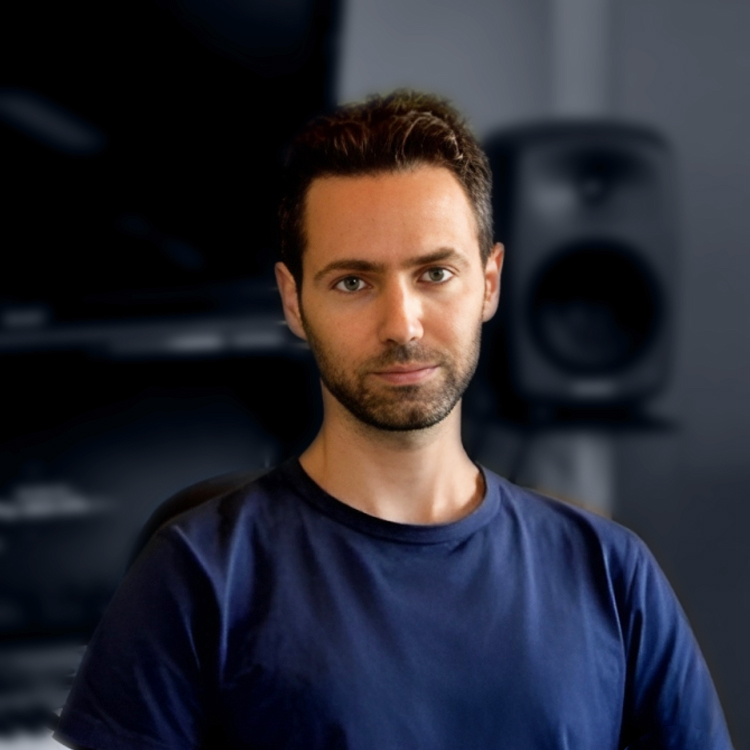
HIGH PRODUCTION STANDARDS IN MINIMUM TIME
Our project of character design was complex and required high production standards in minimum time. The results I received were of the highest standards, and the work was very professional. Highly recommended!

BETTER THAN THE REFERENCE
The quality of the art received was really impressive after the team came up with ideas and improvements all the time for the characters. Being timely and attentive to details is great but their passion and involvement in our project were amazing! We will surely collaborate again. The team is very passionate and we were amazed when we got the final result which was better than the reference we provided, a reference that we really liked. I can say that we loved their work and that they are able to take an idea and bring it to life thanks to the passion they are working with and the perfect communication they are providing until the best result is reached.

HIGHLY COOPERATIVE PEOPLE
The Pixune team is full of kind, excellent, considerate, empathetic, talented, and highly cooperative people. The quality of the work that was received was outstanding, however it did take multiple iterations to reach that level. Some instructions were missed, but were fixed - it just lengthened the process and the schedule.
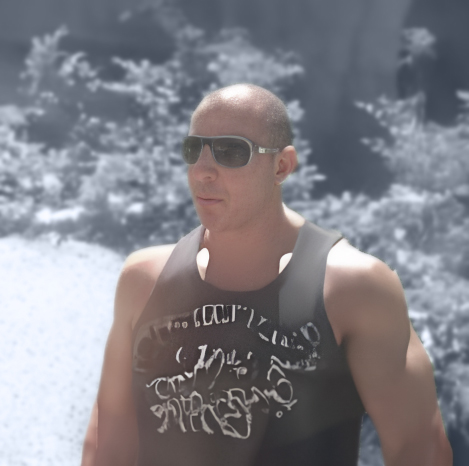
HIT EVERY DEADLINE
Awesome work. Great communication. Was really happy with Pixune and how great this project came out. Hit every deadline, and even when we needed to change directions a bit, he was able to still hit the deadline. We will certainly be working with Pixune again.
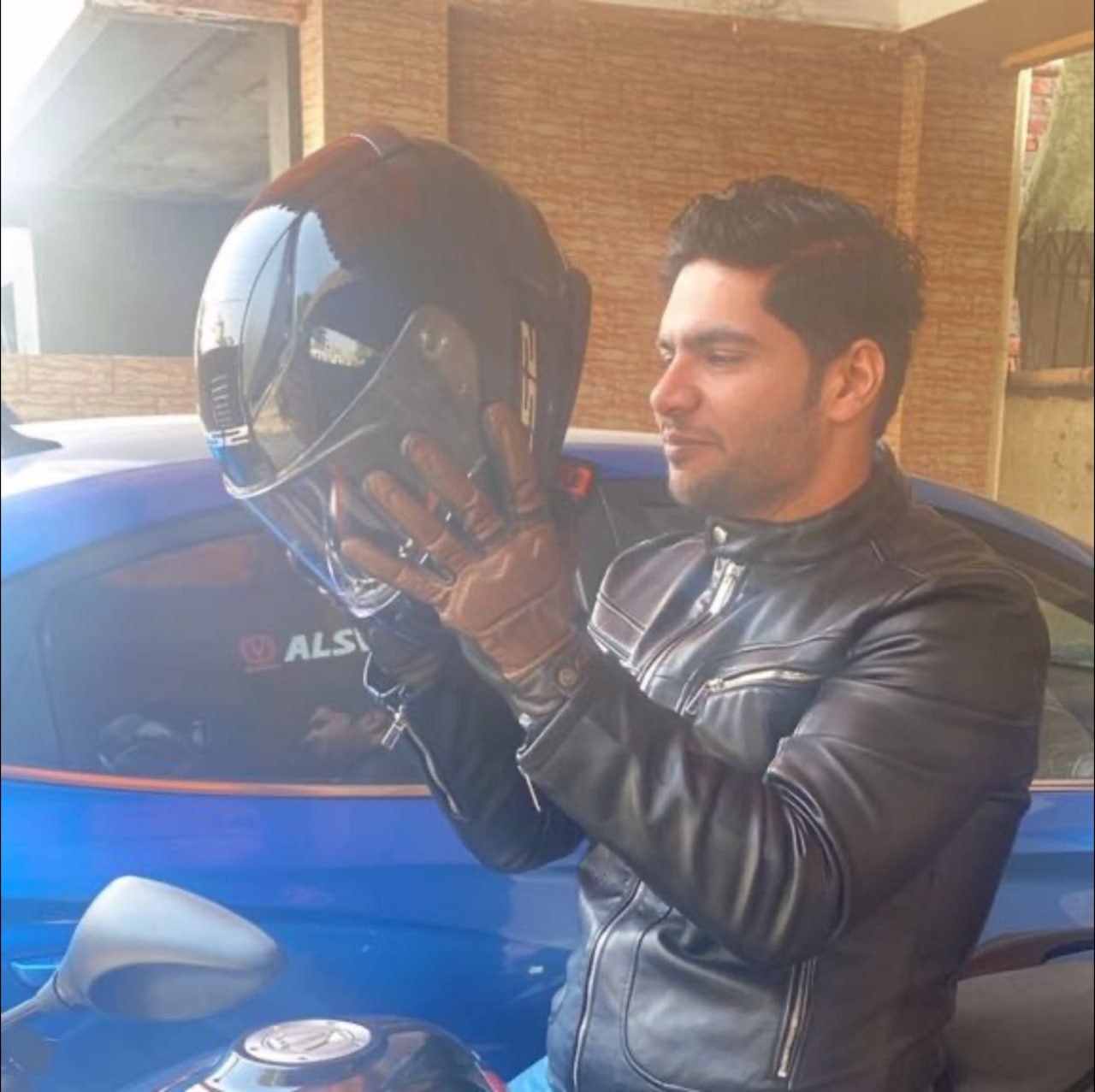
PUT EXTRA EFFORT INTO THE PROJECT
They are very eager to satisfy the client's requirements. Their communication is perfect and also understanding of the required output is on point. They put extra effort into the project to get it completed in time and have a skilled team and your project is safe in their hands. I will definitely work with them in the future. Best of luck guys great working with you.

SURELY COME BACK AGAIN
This guy did really good work, he really did amazing art and even after the artist finished he wasn't happy with it so he did it all over again from scratch. I really recommend him and will surely come back again. (this is already the second time)
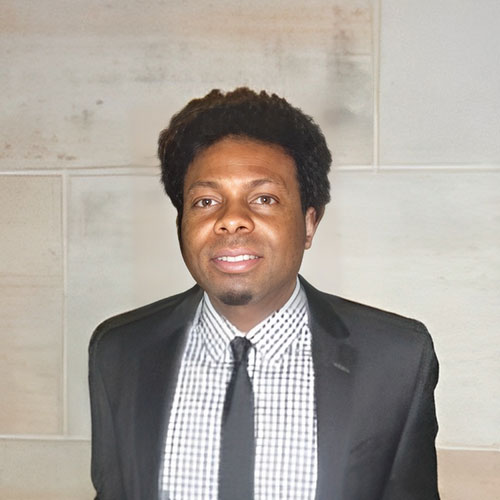
THE END RESULT WAS WORTH
This was a great experience overall. He took time to actually understand what was needed to deliver the project that I was asking for. Modelers tend to rush because they think they know what the client want, but Pixune went over to clarify the specifics. It required a little more time than we agreed on. However, the end results was worth an extra few days. Trust me...it's worth waiting a few more days, than to have something you don't like at the end. I highly recommend to anybody reading this review. And I look forward working with Pixune again. Thank You!

THE RESULT FAR EXCEEDED MY EXPECTATIONS
I've worked with many illustrators and I've never had such an amazing experience! The results far exceeded my expectations, communication was great, and very flexible and willing to please. I'll definitely use them again for more projects!
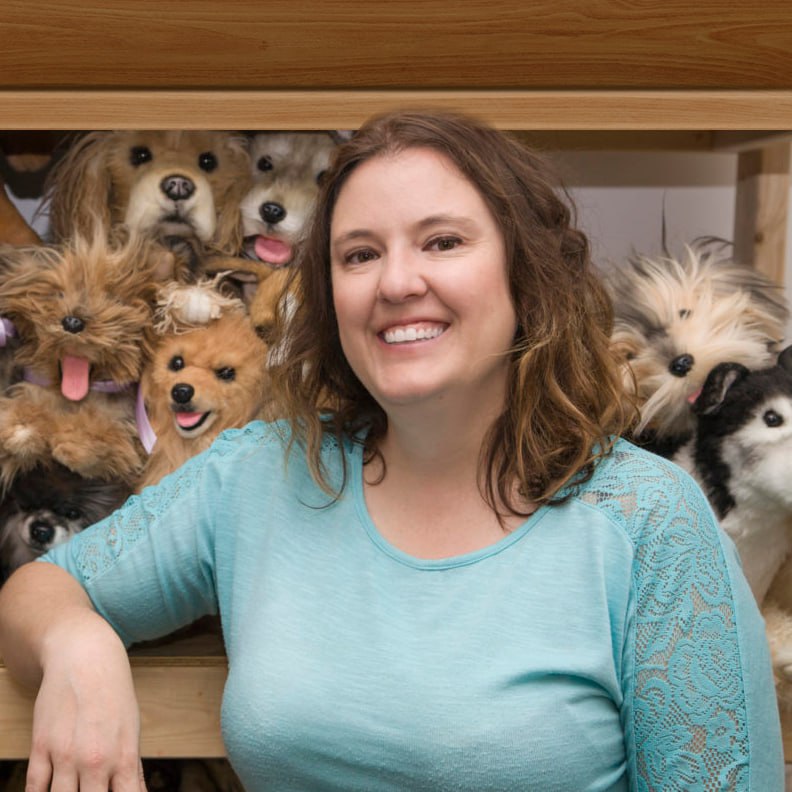
VERY COMMUNICATIVE
Pixune was very communicative throughout our project. they asked a lot of good questions and produced great work.
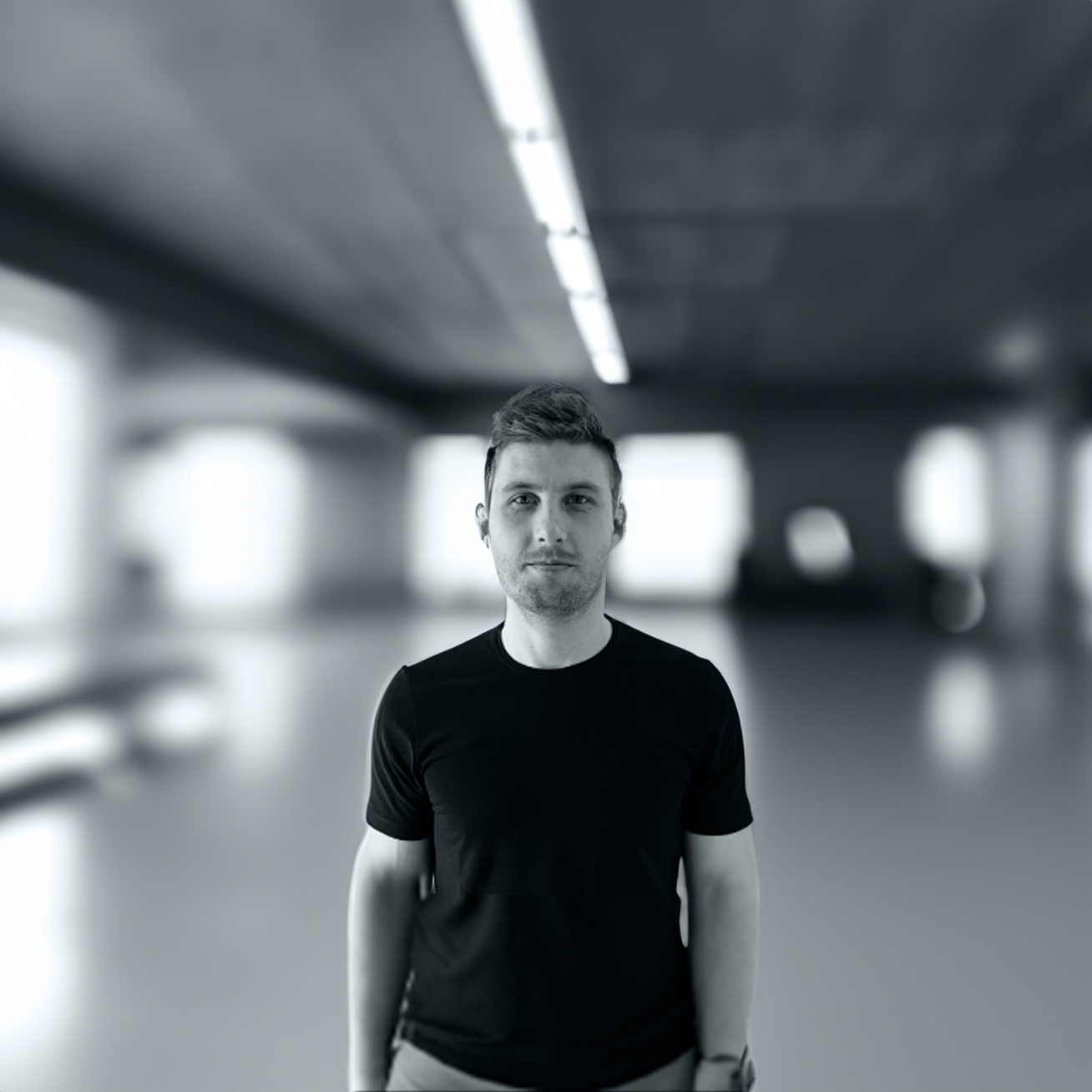
VERY EASY TO WORK WITH
The team did everything they could to help us and give us the result we wanted. They always listened to feedback and were very easy to work with. I look forward to working with them again!

BRILLIANT TO WORK WITH
Brilliant to work with and will be working with them in the future!

PIXUNE GOT THE PROJECT RIGHT FROM THE START
Pixune got the project right from the start. We had a somewhat unique art style that needed consideration to be both cartoony and low poly. They were great at interpreting the brief and adding their own style and ideas which really helped. Throughout the rest of the concepts and 3D models & animation steps, nothing was a problem, they asked good questions and were happy to jump on a video call for updates at any time. We will be using them in the future!
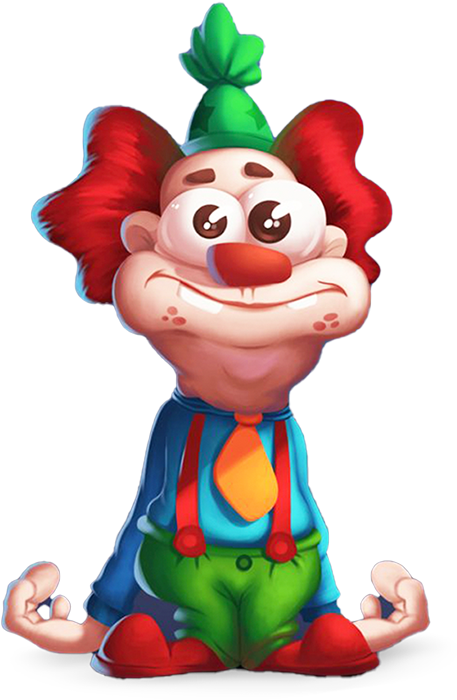




We are perfectionists by nature and can’t even deliver a bad character animation even if asked to! An ugly animation annoys our brains more than you.
Several times, a client was happy with a piece of art, but we were not, so we designed it again from scratch at our own expense.
We welcome changes and criticism, and we are as flexible as possible when it comes to implementing revisions. However, as professionals, we will express our opinions and provide our advice. Ultimately, the decision-making lies with you.
You will be constantly updated to share your comments, apply any changes to the character animation, and ensure we are on the right track. An exclusive account manager will be allotted to your project, who will manage our communications and respond to messages quickly. They are always available, on-call, and ready to jump on a meeting with you, even on weekends.
We understand the importance of time, especially in today’s fast-paced world. Pixune values your time. Therefore, we prioritize efficiency and timeliness in our character animation studio without compromising on quality. Our production pipeline is optimized to maximize efficiency and minimize unnecessary delays.
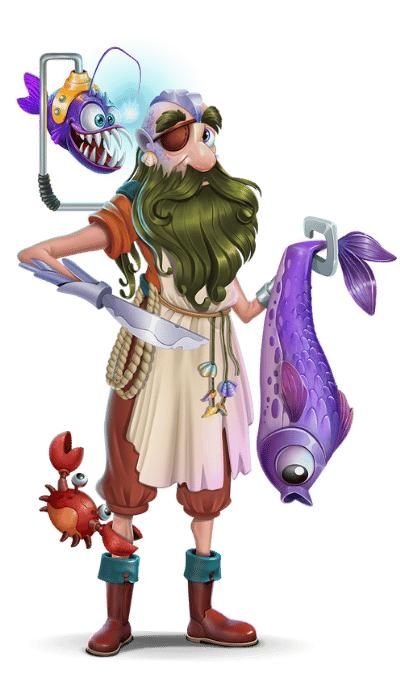
2D Character animation services prices per minute can be found anywhere from $1000 to $3000 or more. And 3D Character animation services can be found from $3000 to $7000 per minute.
The cost of character animation can vary greatly depending on a number of factors, including art style, number and complexity of characters, technical specifications, and time. You can contact us right now to receive a price estimation of your character animation animation today.
Creating a character animation per minute usually takes 1-2 weeks for a 2D character animation to 3-4 weeks for a 3D one.
Multiple factors can affect this time span, such as art style, number, the complexity of characters, quality, budget, etc.
You can contact us right now to get a time estimation for your character animation project today.
Our character animation creative process involves identifying your unique needs to have a deep understanding of your project, setting deadlines, character modeling, texturing, rigging, and skinning. Then, we bring them to life frame-by-frame through expert animation.
We provide 2D and 3D character animation services in the USA, UK, Canada, the Middle East, etc. We understand the importance of seamless collaboration across borders and time zones. Most of our clients are from the USA and here is how we ensure efficient collaboration despite time zones and languages:
Here are 4 key managing tips for rushed projects:
There are 4 logical reasons for you to consider outsourcing character animation:
There are 4 criteria for picking the best character animation studio:
Here are 3 common challenges and risks in character animation workflow and strategies to address them:
Here’s what you can expect from our character animation studio:

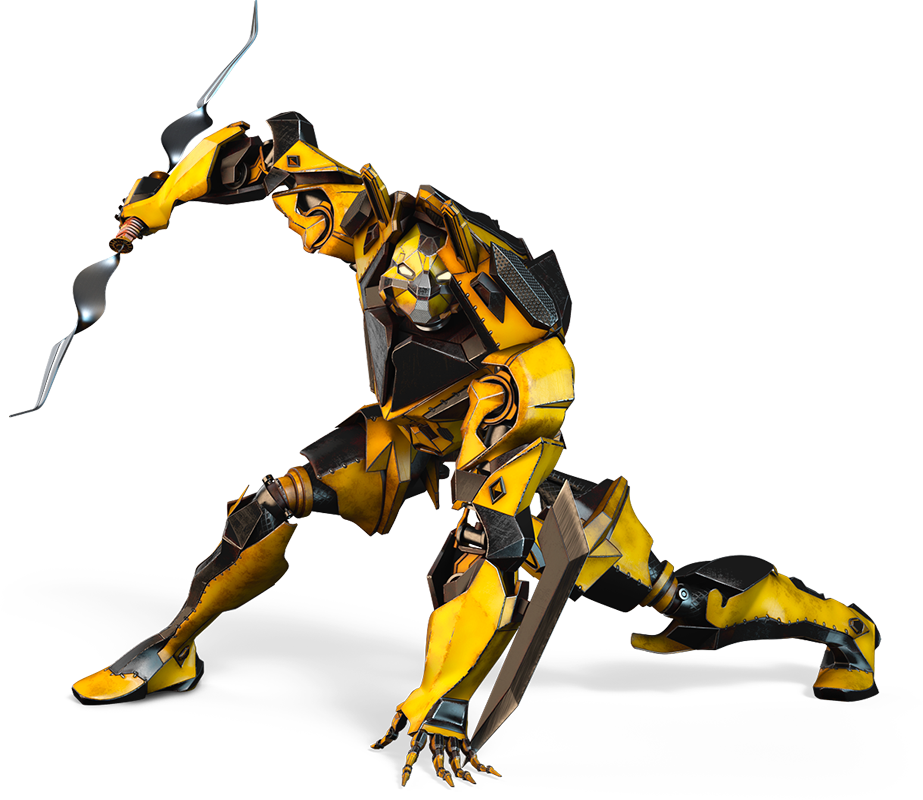
Our door is always open to friendly conversations.

Pixune is a full-service studio providing high-quality Animation,
3D Animation, and Game Art Services.
Message us and receive a quote in 24 hours